Does concrete absorb water? Yes. Because it’s porous, concrete absorbs water. Excessive moisture can lead…
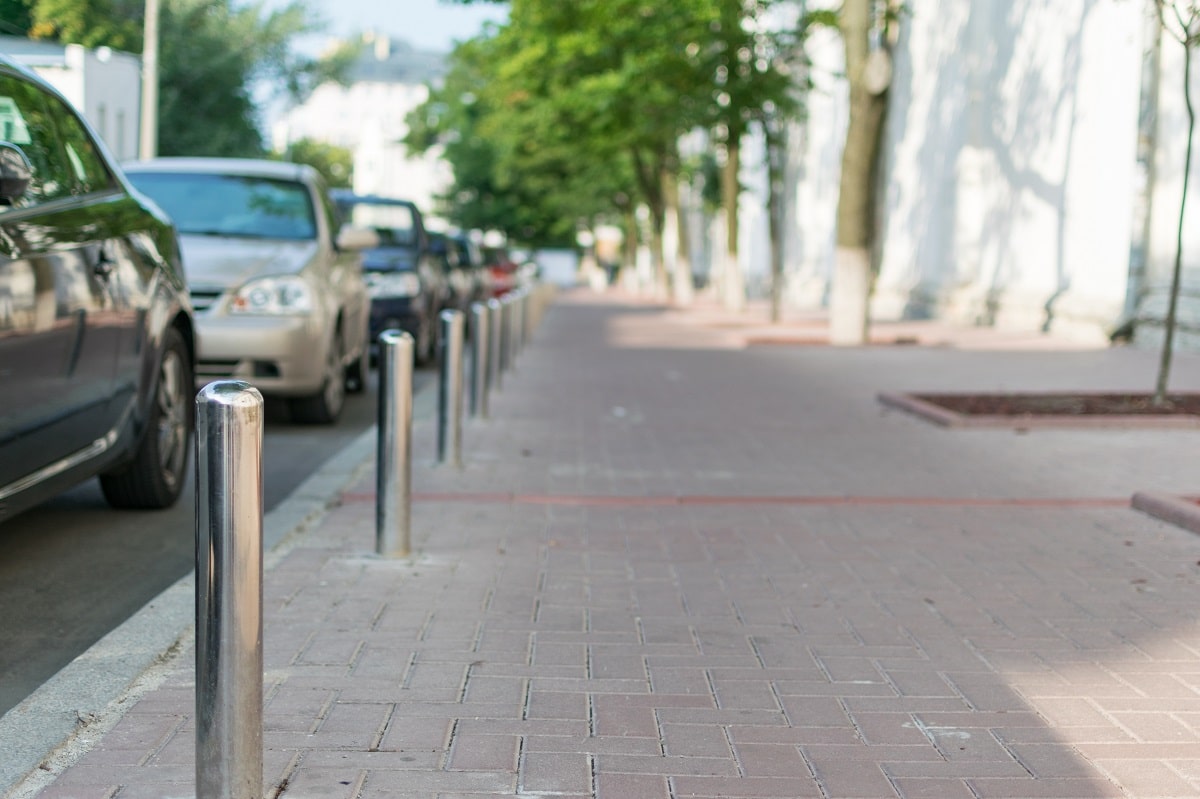
Spotting and Solving Sidewalk Deficiencies
Sidewalk standards are funded and regulated by various agencies, from the Federal Highway Administration to the city councils. This is the reason many people assume that municipalities are solely responsible for any injuries that stem from unsafe sidewalks.
Historically, city sidewalks were under the responsibility and jurisdiction of the city government. But if the sidewalk is privately owned, such as that outside of a business, its maintenance and upkeep become the responsibility of the business owner. This area of law is known as premises liability.
Raised, cracked, gapped – generally, unsafe sidewalks may lead to serious trips and falls. And Missouri’s premises liability laws dictate that property owner should take reasonable steps to keep these accidents from happening on their premises.
Accidents may lead to liability lawsuits. These accidents vary from stumbling on loose sidewalk grates and twisting an ankle to tripping on uneven curbs. Some of the most common sidewalk-related lawsuits include tripping over broken and cracked sidewalks. When this happens, the owner of the adjoining property may be held responsible for damages.
What makes a sidewalk unsafe? As a property owner, how do you spot these deficiencies so you can do appropriate repairs and avoid accidents and lawsuits?
K&E Flatwork lists sidewalk deficiencies that indicate the need for concrete sidewalk paving:
Minor Spalling or Chipping
Minor spalling or chipping is characterized by small cracks, pop-outs, or other surface deterioration that are less than four square inches. These minor defects may not be enough reason for replacement, and a concrete patch may be enough to repair them.
Major Spalling or Chipping
Major spalling or chipping is characterized by surface deteriorations that are greater than four square inches. Major deteriorations may be a combination of deficiencies and the amount and size of damage may render the sections past the point of repair. To fix this issue, replacement may be necessary.
Multiple Cracks
This is pretty self-explanatory and is determined by the severity of the damage and the walkability of the affected panel. If the cracks are posing potential threats to the public, the affected sections may need removal and replacement.
Displacement from Tree Roots
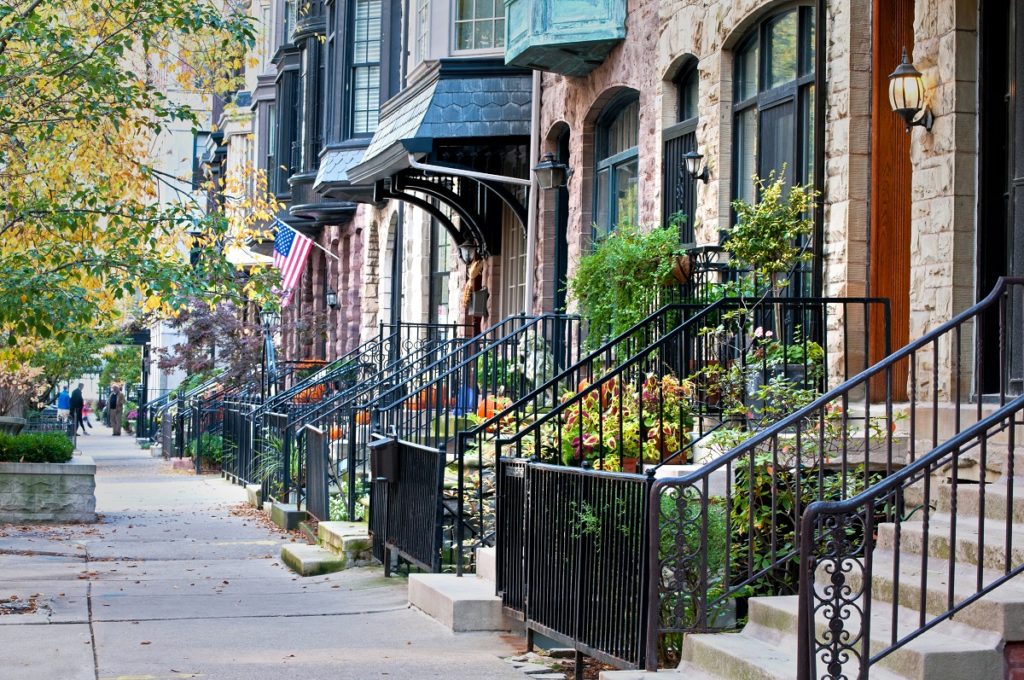
Tree roots may grow under the sidewalk, causing sections to become displaced. Typically, cutting the tree roots and removing the sidewalk section resolves this issue. Note that communities have varying guidelines when it comes to the preservation of terrace trees. If you’re onboarding your own contractor to replace such sections, make sure to coordinate with your city before making any changes.
Vertical Displacement Along a Side Edge
When the apron or driveway adjacent to the sidewalk is vertically displaced by more than 1”, it may potentially become an ankle rolling hazard to pedestrians. Correcting the problem may involve saw cutting, mud jacking, or full replacement.
Gaps at the Edge
Gaps happen when, as the concrete was being installed, your contractor has provided an expansion joint of more than 1” between the driveway and the sidewalk. After a few years, the expansion material leaves a wide gap that’s unsafe for pedestrians.
Your contractor should be able to determine whether correcting the issue calls for replacing the sections and filling the gap with concrete, asphaltic filler material, or caulk.
Heaved or Subsided Sections
Sidewalk sections could appear subsided or heaved compared to adjacent sidewalk squares. These sections need to be replaced or corrected.
Sidewalk Cracks
Narrow sidewalk cracks are characterized by cracks that are 1” or less in width and that are ½” below the surface. These can easily be fixed with a concrete patch or masonry crack filler. Meanwhile, single sidewalk cracks that are more than 1” in width and go ½” below the surface call for a replacement.
Making Safe Sidewalks
In a nutshell, sidewalks should not be damaged. They should not have missing sections and be free of any hazardous gaps, cracks, and holes.
Once those basics are met, you may want to customize your curb. Your establishment’s sidewalks should accommodate all pedestrians, including people who may have physical disabilities. Ideally, sidewalks should be six feet wide, curb included.
Note your customers’ preferences to find ways on how to bring comfort and convenience to the next level. If you’re catering to an older clientele, for example, consider that elderly people report that they prefer sidewalks with benches where they can sit and rest after they’ve done their shopping.
Partner with the Right Contractor
If you see any issues that compromise the safety of your sidewalks, contact a trusted contractor.
K&E Flatwork provides the high-quality concrete work you need to ensure your business premises are safe. As the top commercial concrete contractor in Kansas City, we have the resources to complete your project from start to finish, without a hitch. We respond quickly, we stand by the quality of our work, and provide upfront pricing to ensure your project goes as smoothly as possible.
K&E Flatwork is prepared to tackle everything from installation to maintenance of concrete sidewalks, curbs, driveways, parking lots, warehouse floors, and everything in between.
Talk to us about your concrete project. Call us today at (816) 746-6100.

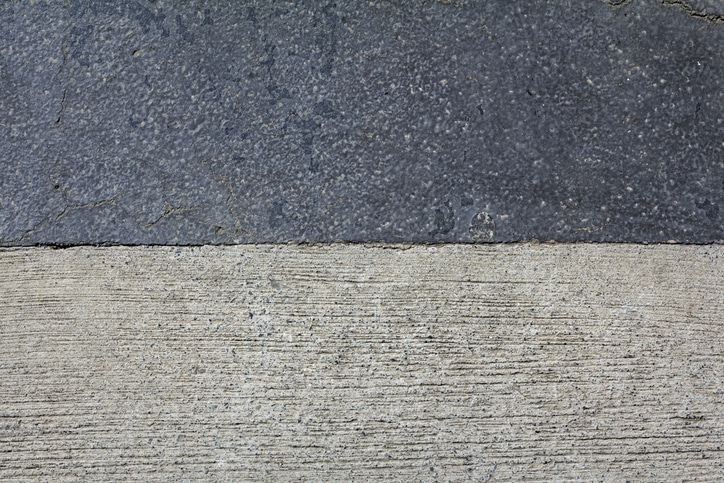
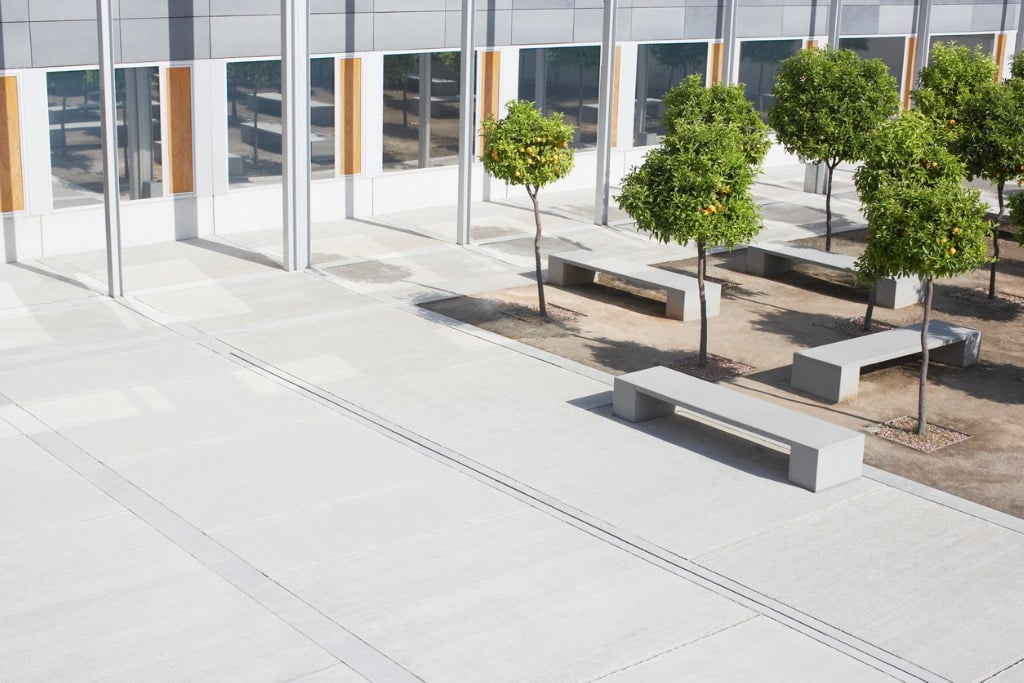
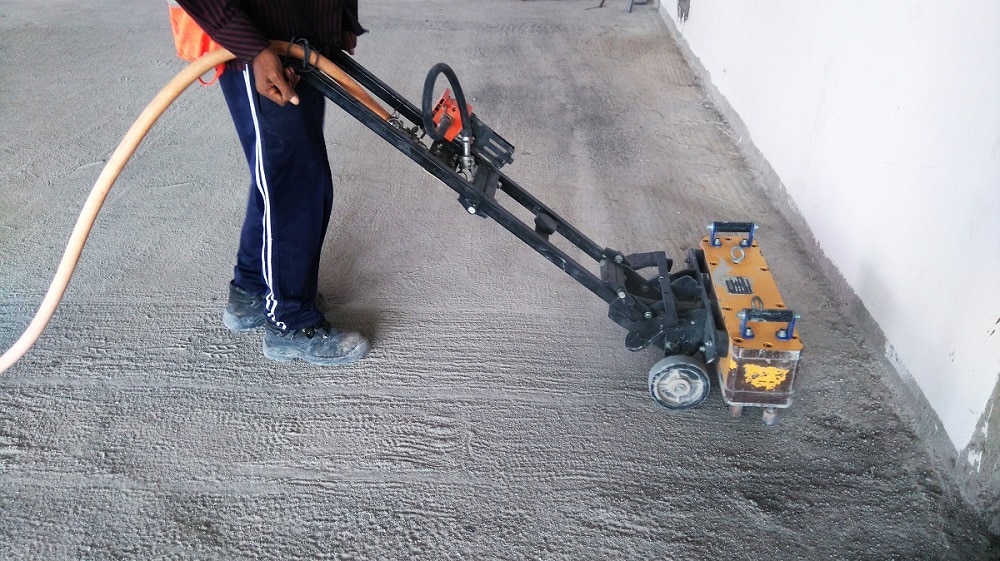
This Post Has 0 Comments